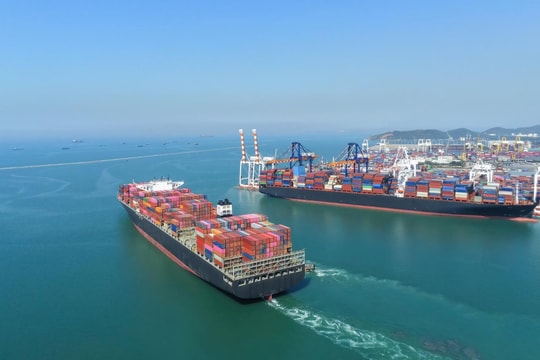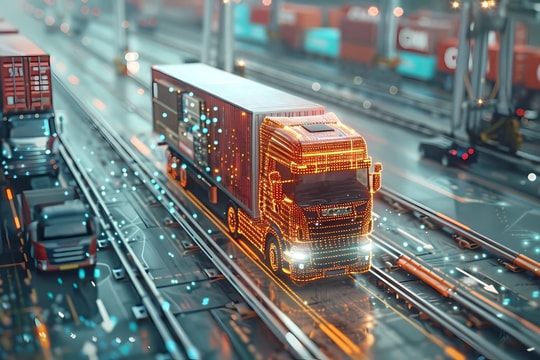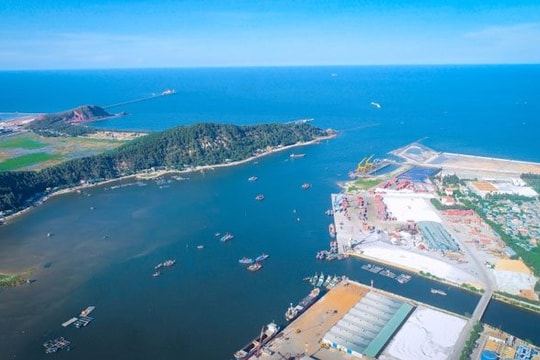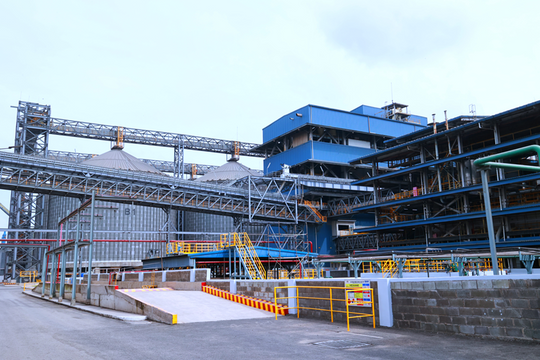The eWolf project marks a milestone in maritime history and demonstrates the industry’s strong commitment to reducing environmental impact. This tugboat produces zero CO₂ emissions, minimizes noise pollution, and improves operational efficiency compared to traditional diesel-powered tugboats.
.jpg)
.jpg)
About Crowley and the eWolf Project
Crowley is one of the leading maritime transport and logistics corporations in the U.S., with over 130 years of experience in the shipping industry. The company specializes in marine transportation, port management, logistics, and tugboat operations at major ports worldwide. With a strong commitment to sustainable development, Crowley has set a goal to reduce maritime emissions by 80% by 2050 and is actively investing in zero-emission technologies to achieve this target.
.jpg)
.jpg)
The eWolf is powered by a 6.2 MWh lithium-ion battery system, providing energy equivalent to powering 70 homes for a day. With its advanced electric propulsion system, eWolf can perform tugboat operations with zero CO₂, SO₂, and NOx emissions key pollutants contributing to air pollution and human health risks.
Additionally, Crowley is developing a dedicated fast-charging station for eWolf, utilizing renewable energy sources to ensure the lowest possible emissions. The combination of an electric tugboat and a clean energy charging system represents a comprehensive solution to reducing the environmental footprint of the maritime industry.
Key Features and Technologies of eWolf
The eWolf electric tugboat is designed with cutting-edge technologies to maximize operational efficiency and minimize environmental impact:
High-Power Electric Propulsion: eWolf is equipped with two electric motors with a combined output of over 6,000 horsepower, enabling it to perform heavy-duty towing operations without diesel engines. This technology allows for quieter operation, significantly reducing vibrations and noise, creating a safer and more comfortable working environment for the crew.
Advanced Lithium-Ion Battery System: With a 6.2 MWh capacity, eWolf’s battery system can sustain long towing operations without recharging. The intelligent cooling mechanism extends battery lifespan and reduces fire risk.
Regenerative Energy System: eWolf is equipped with a regenerative braking system, which recaptures energy during operation and feeds it back into the battery. This optimizes energy use, reduces frequent charging needs, and extends the vessel’s operating range.
Smart Control System: eWolf utilizes AI-driven automation to optimize routes, monitor engine performance, and reduce energy consumption. This system also reduces the workload on the captain and crew, enhancing operational safety.
Dedicated Fast-Charging Station: To ensure continuous operation, Crowley has built a specialized fast-charging station at San Diego Port. This station runs on renewable energy, minimizing indirect emissions from electricity production.
With these state-of-the-art technologies, eWolf is not just a replacement for traditional tugboats it sets the foundation for a new era of zero-emission maritime transportation.
Benefits of eWolf for the Maritime Industry and Environment
The deployment of eWolf provides significant benefits:
Reduction in CO₂ and Toxic Emissions: Estimates indicate that eWolf will reduce CO₂ emissions by 3,100 tons per year, equivalent to removing over 600 gasoline-powered cars from the roads. This significantly improves air quality in port areas and surrounding communities.
Lower Noise and Vibration: Unlike diesel-powered tugboats, eWolf operates almost silently, creating a better work environment for crew members and reducing disruption to marine ecosystems.
Optimized Operational Costs: Although the initial investment cost is high, over time, eWolf could save millions of dollars annually through lower maintenance costs, more stable electricity prices compared to fossil fuels, and higher operational efficiency.
Acceleration of Electric Ship Technology Adoption: The successful deployment of eWolf will motivate other maritime companies to invest in electric ship technologies, accelerating the transition to green maritime transport.
Conclusion
.jpg)
.jpg)
However, for this technology to scale, substantial investment in charging infrastructure, government policy support, and collaboration among industry players will be essential. If widely adopted, electric ships could become the new standard for the maritime industry, reducing environmental impact and paving the way for a more sustainable blue economy.


.jpg)
.jpg)

.jpg)
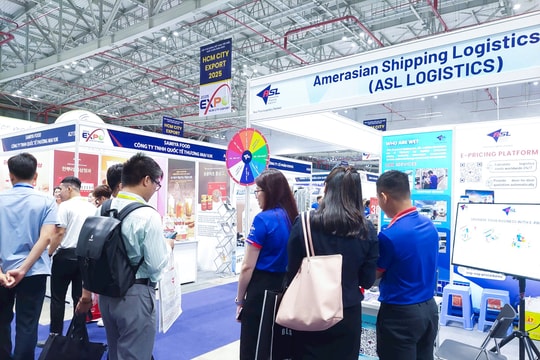

.jpg)
.jpg)
.png)



